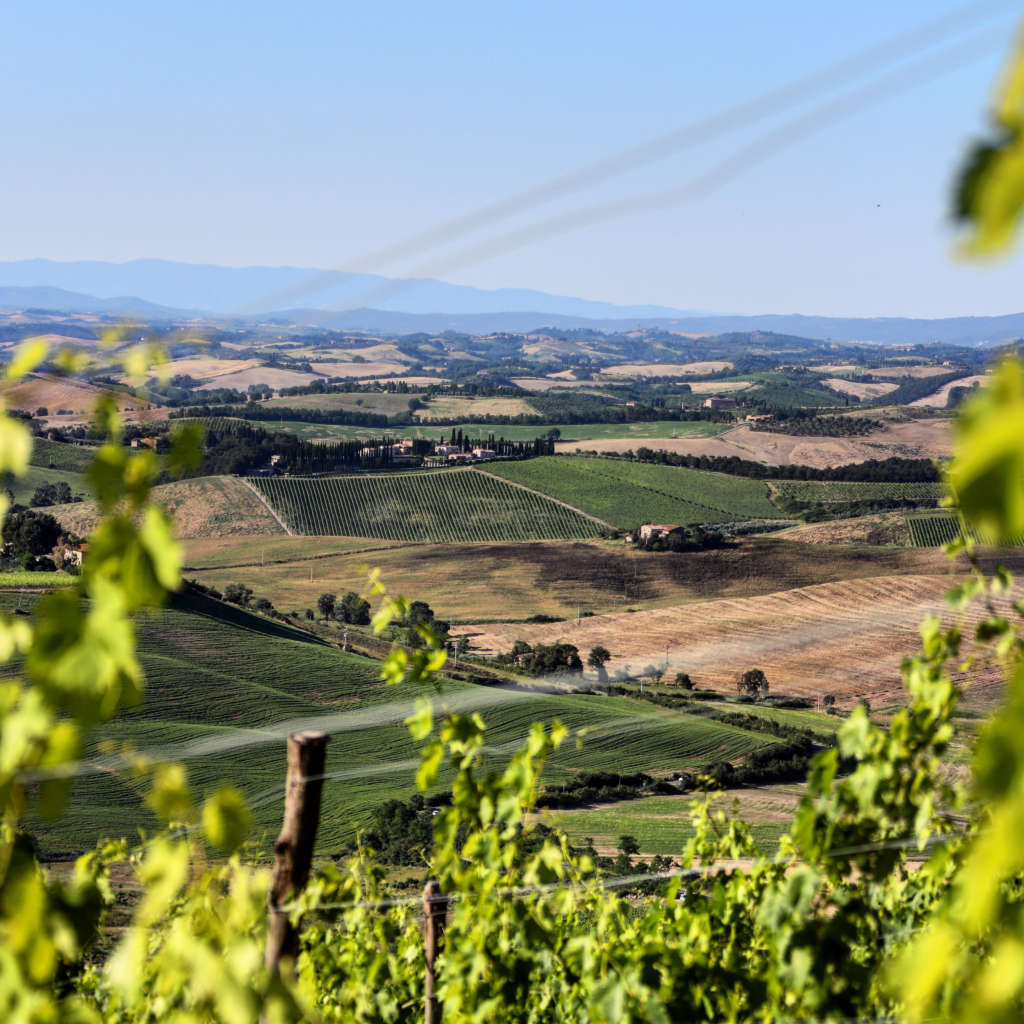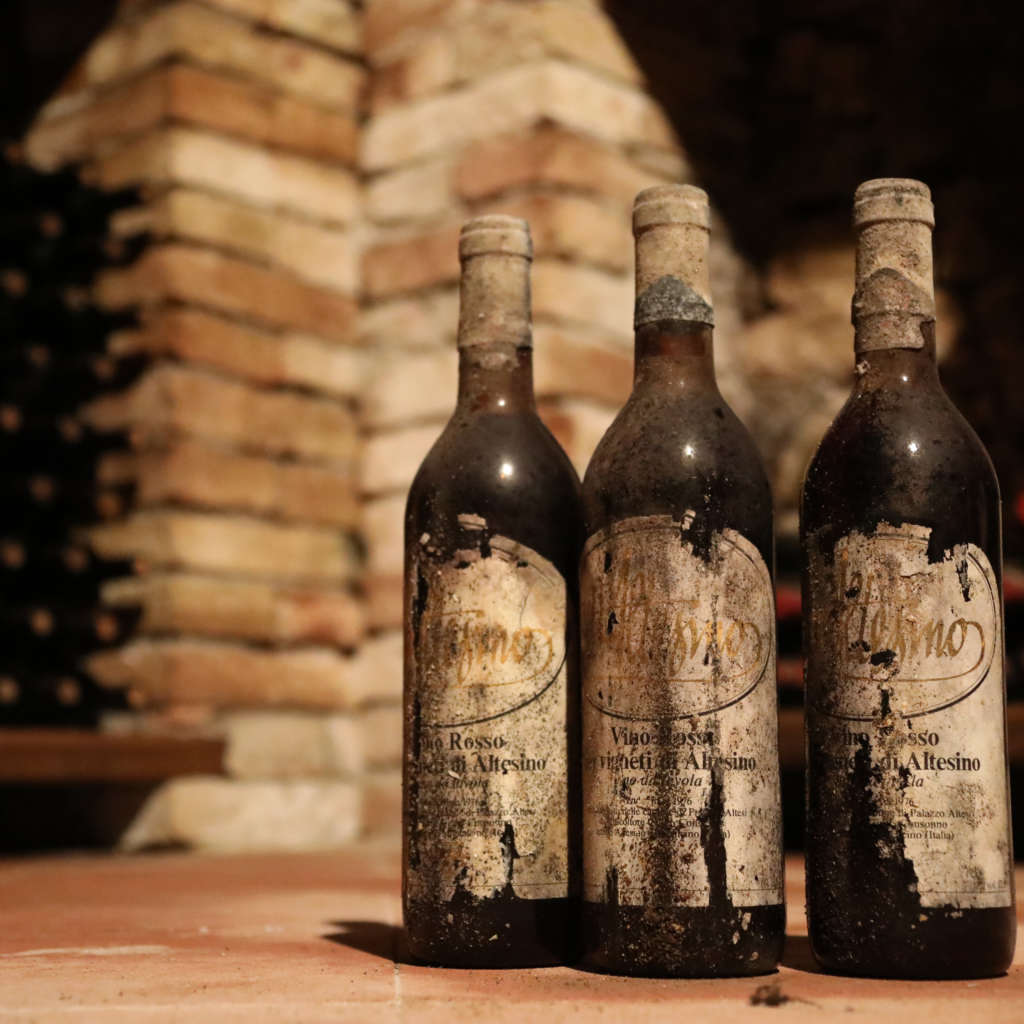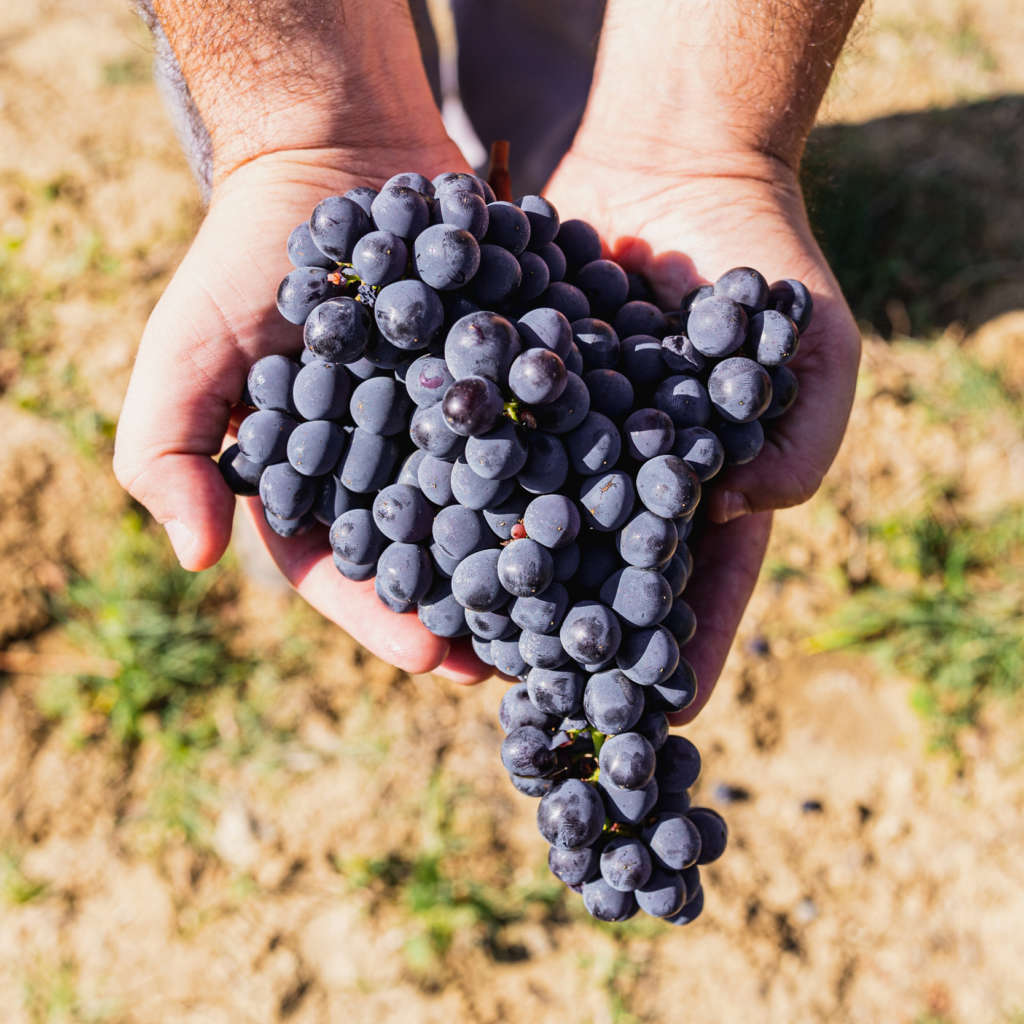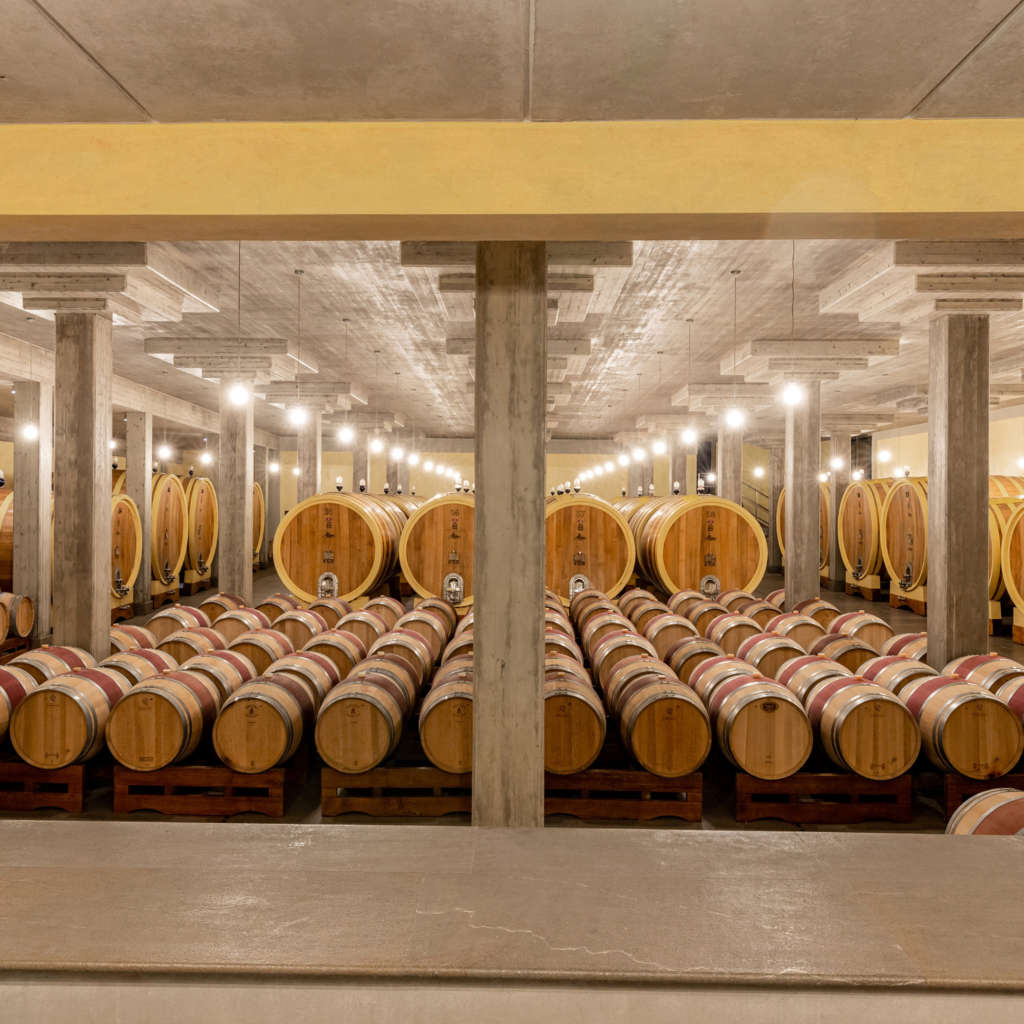Hills of Montalcino

In the heart of southern Tuscany, forty kilometers south of the City of Siena, far from heavy traffic routes and the main industrial areas, the landscape of Montalcino has remained unchanged and mostly wild. The area where the wines of Montalcino are produced coincides with the historical borders of the Municipality of Montalcino.
Here man has successfully created a respectful relationship with nature, protecting it over the years from illegal construction and property speculation, leaving the charm and magical appeal of an uncontaminated area unchanged over time. In 2004, UNESCO declared this unique cultural environment a World Heritage Site.
Montalcino and its wines are an inseparable combination, based on old traditions and culture, which has shaped the landscape and strongly influenced its socio-economic development. “Azienda Agricola Altesino” (winery and farm) is situated in this unique context.
Our history
Set amongst the north eastern hills of Montalcino the imposing structure of the 15th century Palazzo Altesi overlooks the estate. Built by the Tuscan family Tricerchi, whose marble crest can still be seen set over the old oak entrance door, since 2002 Altesino has been owned by the Gnudi Angelini family and the tecnichal and productive sectors avails of the collaboration of Paolo Caciorgna.
The company is a ventureer of the various and important structural innovation that have involved the Brunello di Montalcino for forty years. As a forerunner in the pursuit of excellence, with the introduction of the “Cru” concept (Brunello di Montalcino Montosoli) concept in 1975, Altesino was the first winery to use barriques in 1979. In 1977, the first Grappa di Fattoria was created and produced by Altesino, thanks to the help of the master distiller Gioacchino Nannoni. this put into evidence, at that time, the winery’s modern concept of wine production. Over the last forty years an intense relationship has been developed with the land full of history, with its almost sensual beauty that is physically perceived and its subtle charm that reaches the body and soul. This is the philosophy that inspires Altesino to produce wine and maintain its culture.

” This is a dream that came true, a dream that in the begining was just a will to become a “Vineron” and now is becoming a reality with the purchase of Altesino”
Our Philosophy

The winery’s outlook combines an essential respect for the trust in tradition with a forward-looking perspective, resulting in wine that retains the unique and high quality reputation of Brunello.
From its emphasis on traditional methods of agriculture, the careful hand selction of the grapes, to the rose bushes wich overlook each of the vines – Altesino firmly maintains its control over quality, principle that governs every aspect of life and work at the estate. The company’s philosophy has always been to create high quality wines and this is why so much attention is devoted to every single detail, not only at each stage of production, but also to their marketing, including communications and image.
The cellar
Part of Altesino’s historical cellars are situated within the historic walls of Palazzo Altesi, while behind the vineyards and benefiting from a natural slope, its modern functional facilities were built; where fermentation, refining and bottling take place. The modern winery was built with a special focus on eco-sustainability: due to its underground location it is perfectly insulated. While respecting the ancient territory of Montalcino, the Altesino winery is not only a functional and innovative workplace but also, and above all, a place with low environmental impact, built according to the dictates of sustainable architecture.
Structural work was entirely carried out on-site with no pre-fabricated parts while the details of the building were meticulously designed. Elisabetta Gnudi Angelini wanted to add her own femminine touch by choosing the colour yellow to decorate the large barrels.
The philosophy behind this investment was based on a quality choice aimed at improving and streamlining production activities. Of the historic winery, inside 15th century Palazzo Altesi, a section remains that was built in the 1970s, used, today, for refining Brunello Montosoli.

